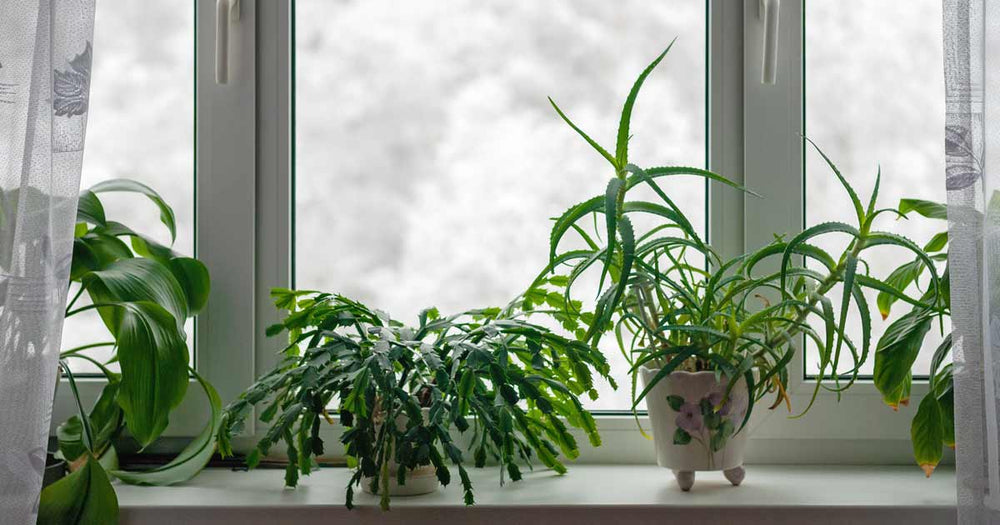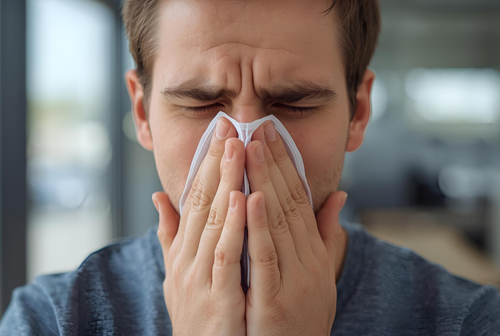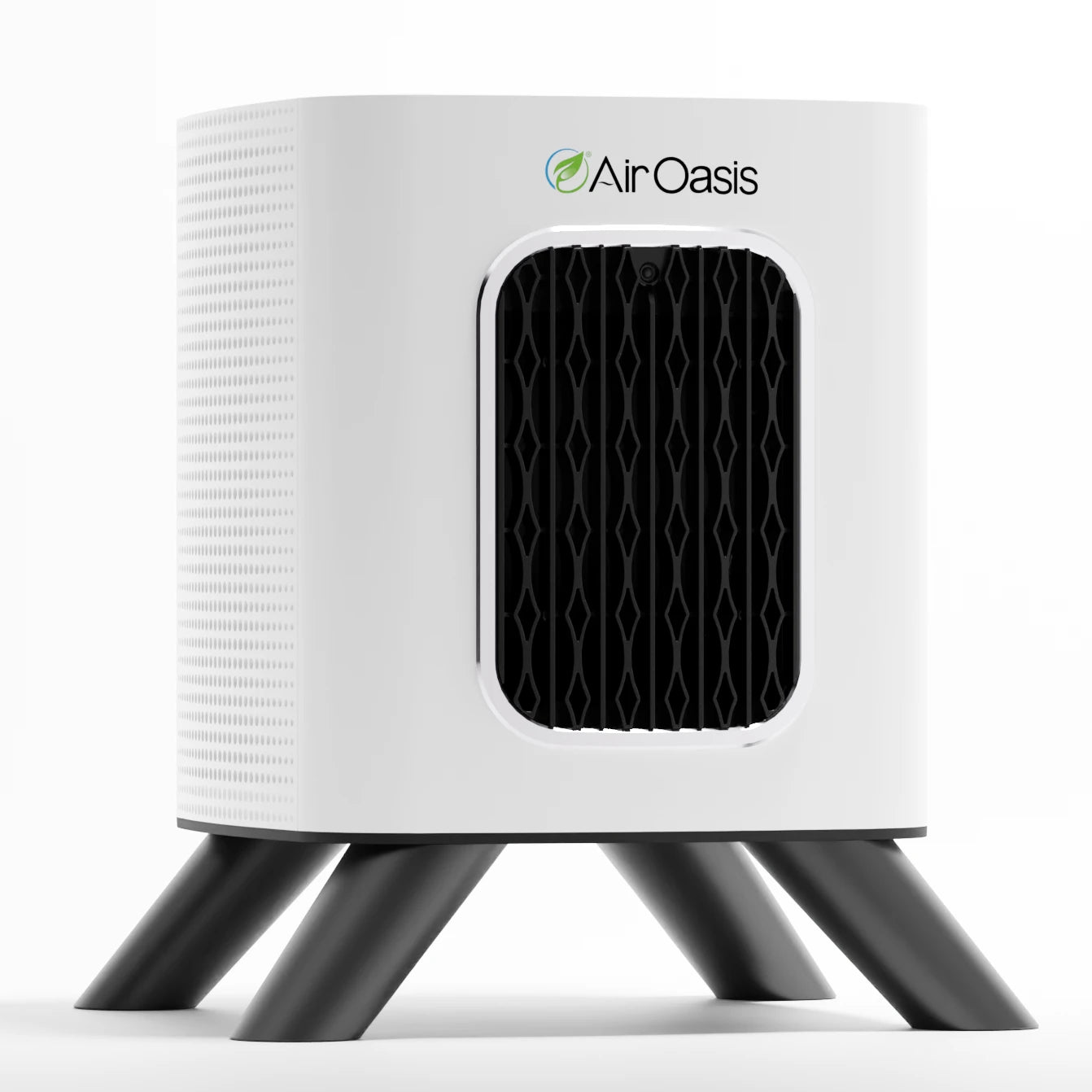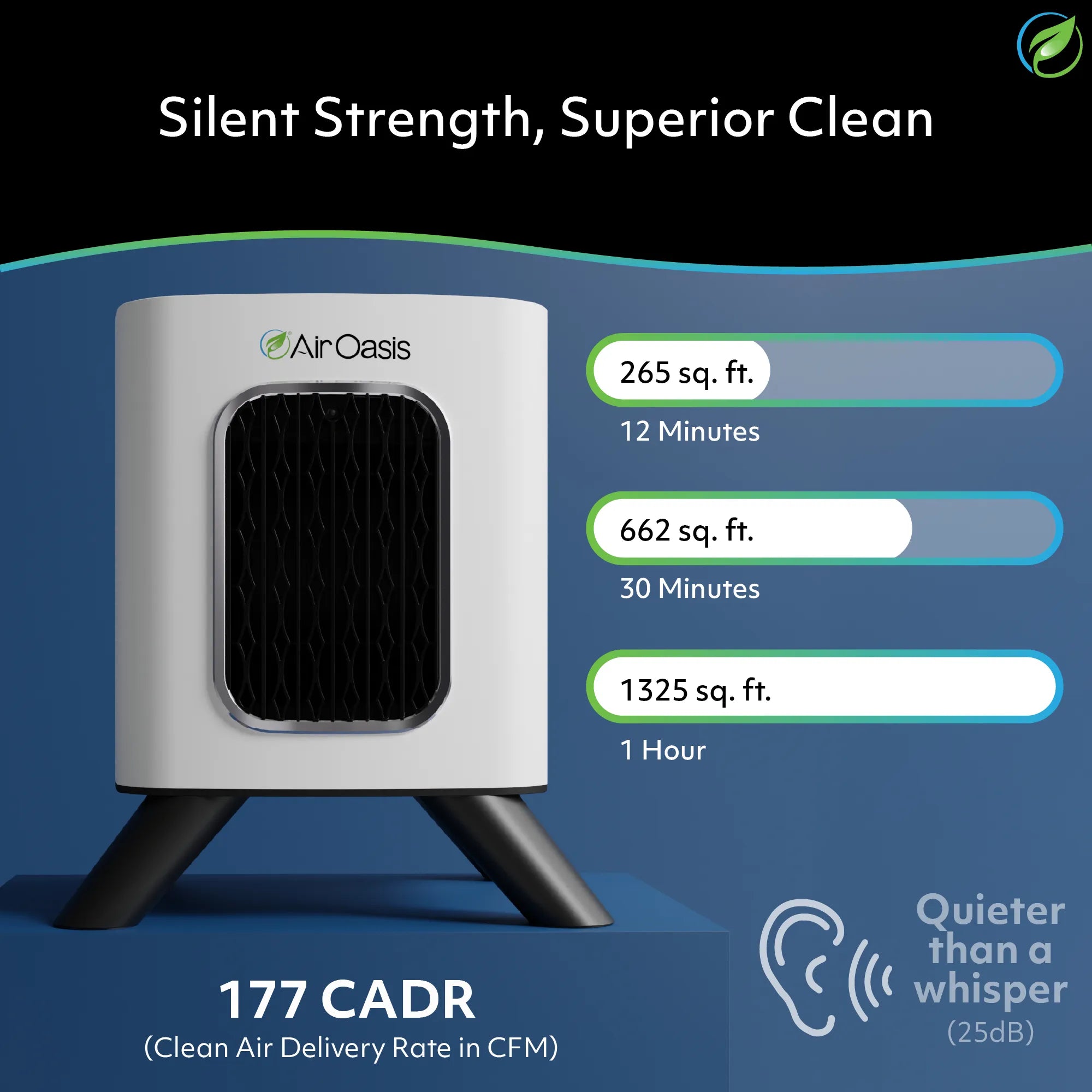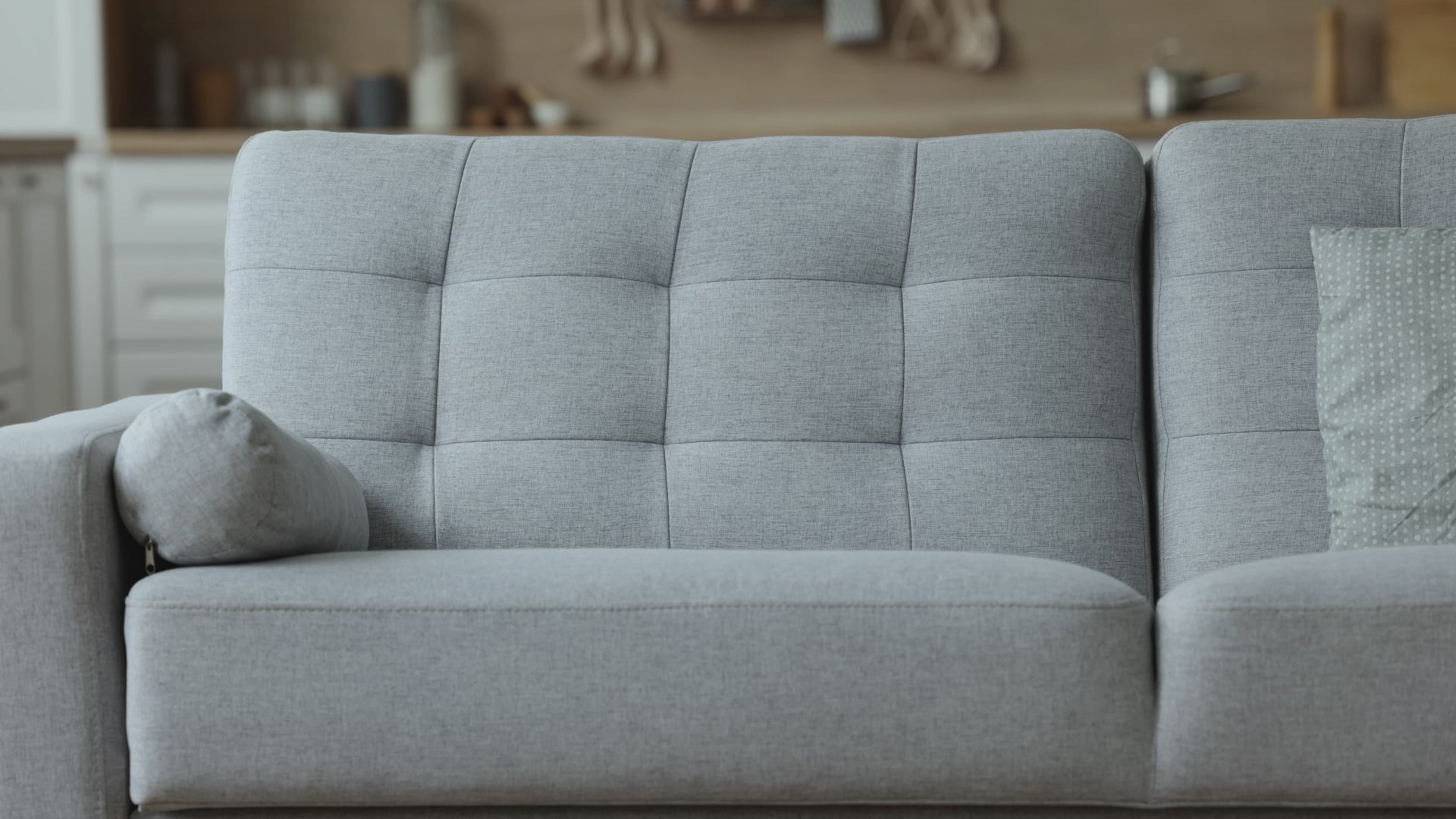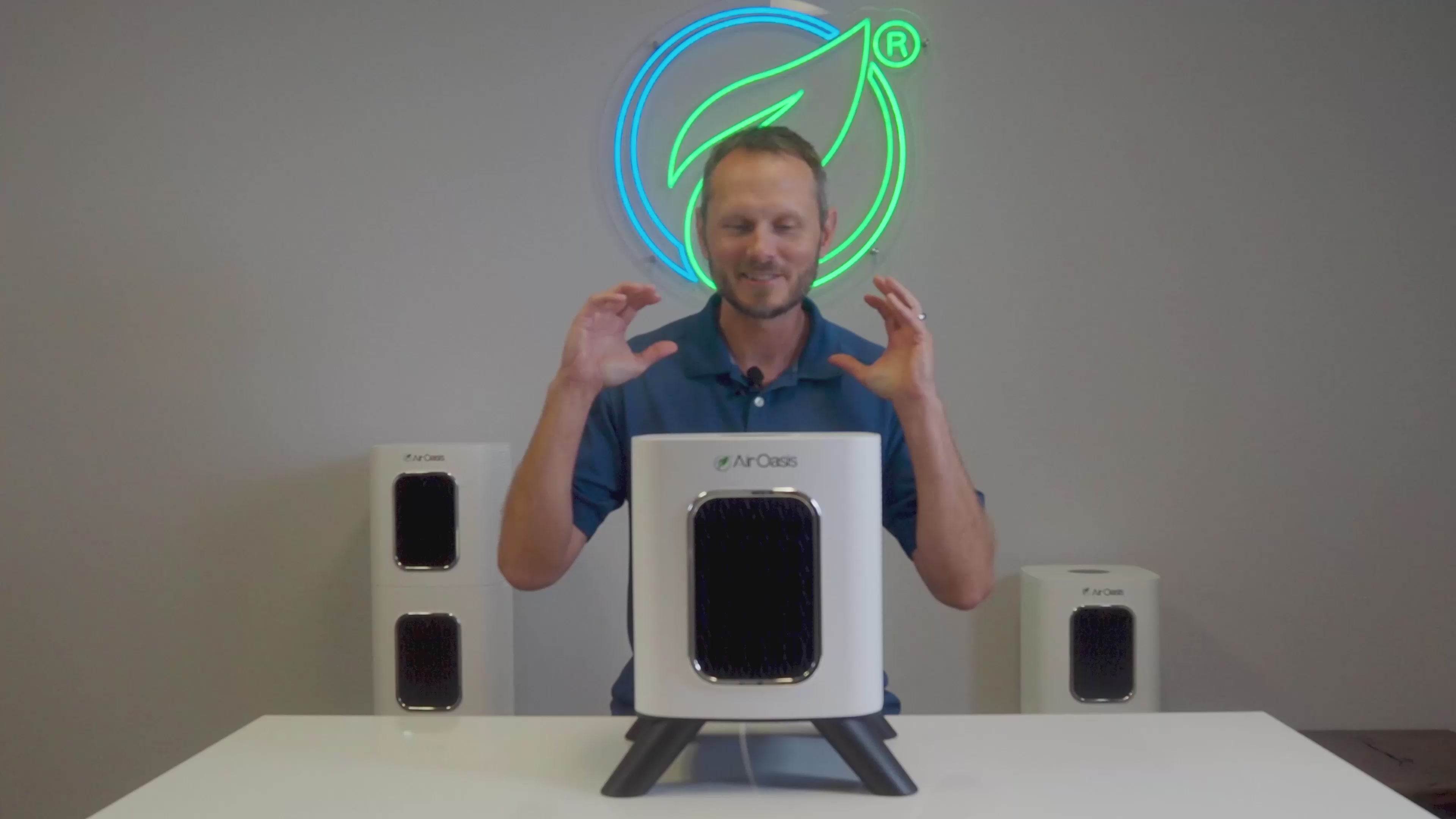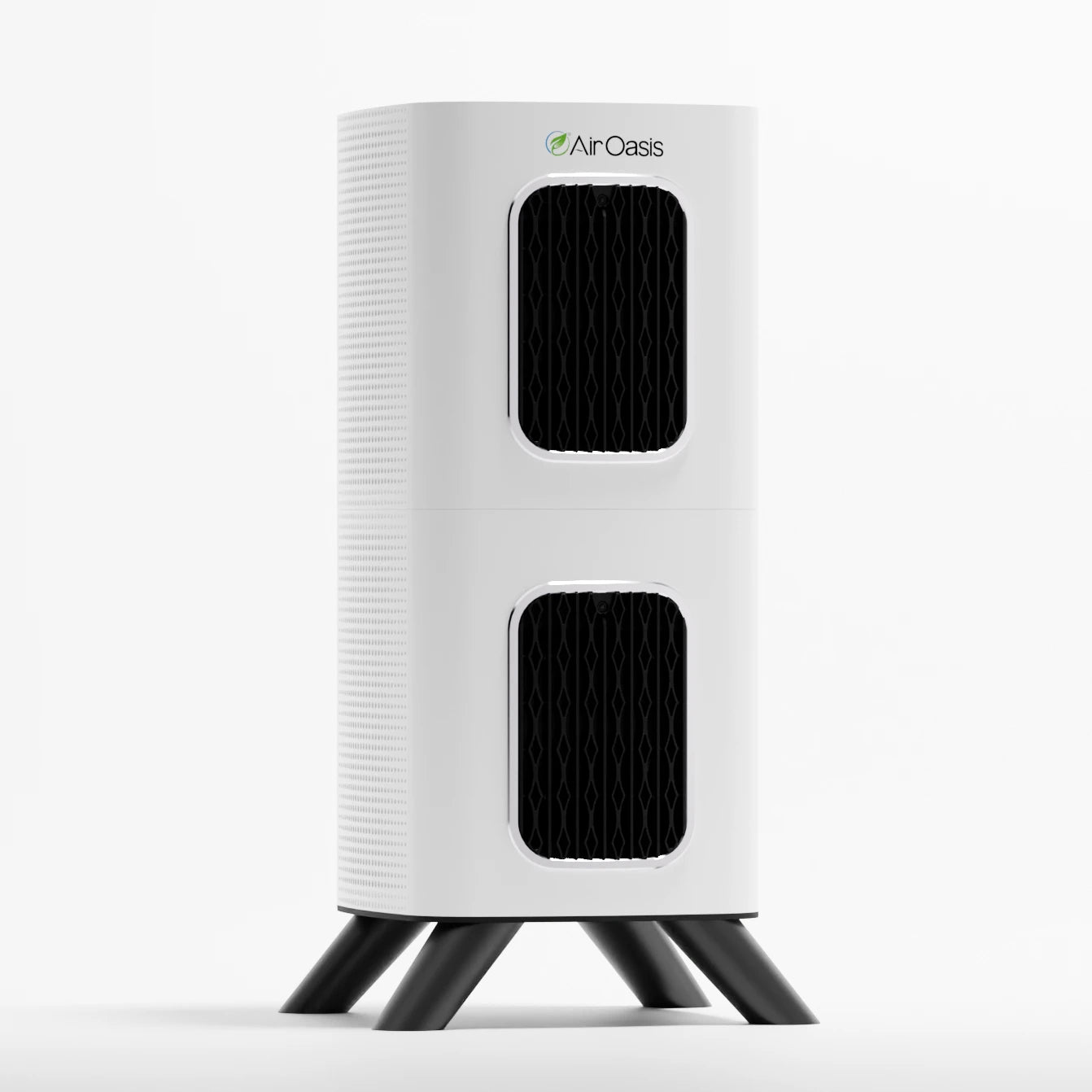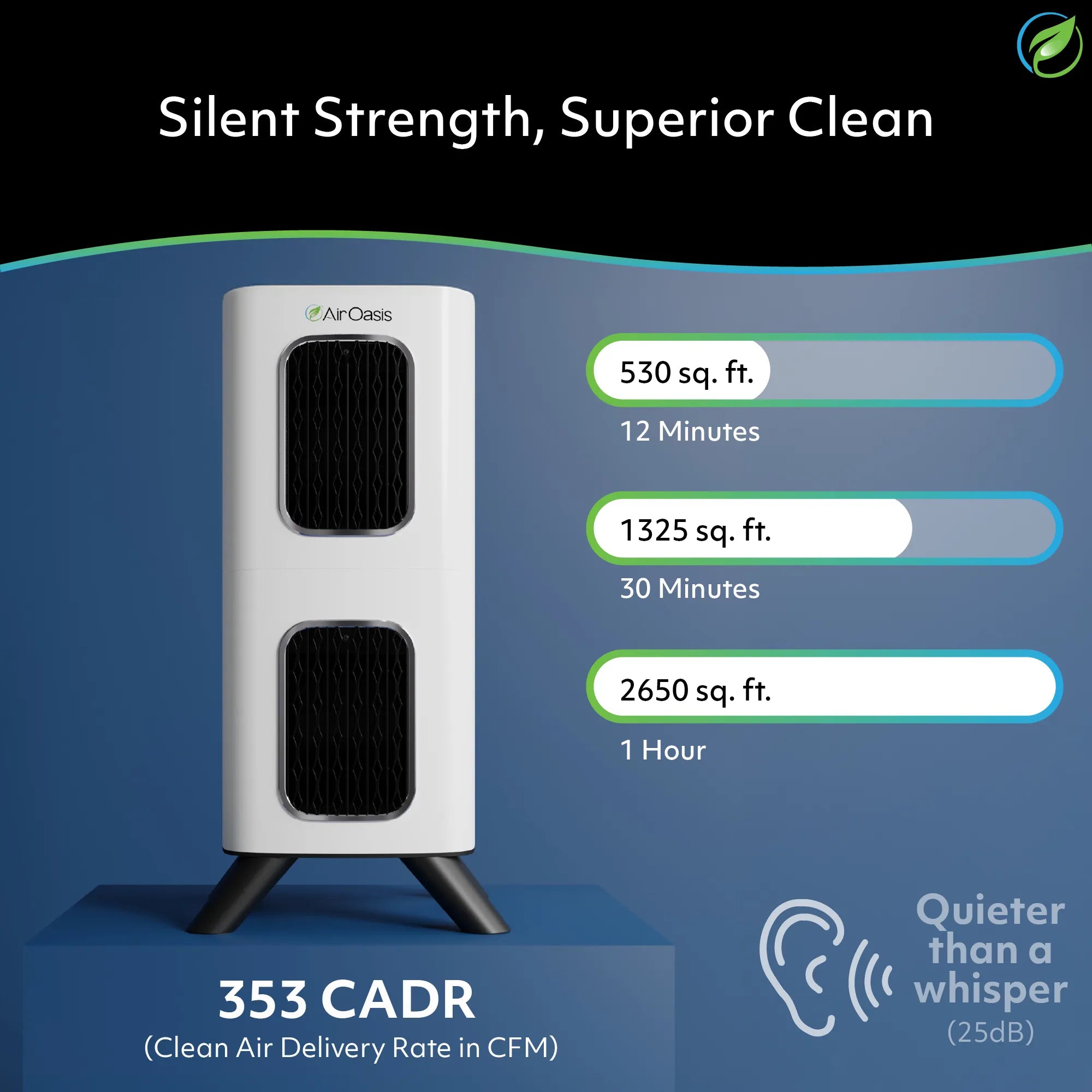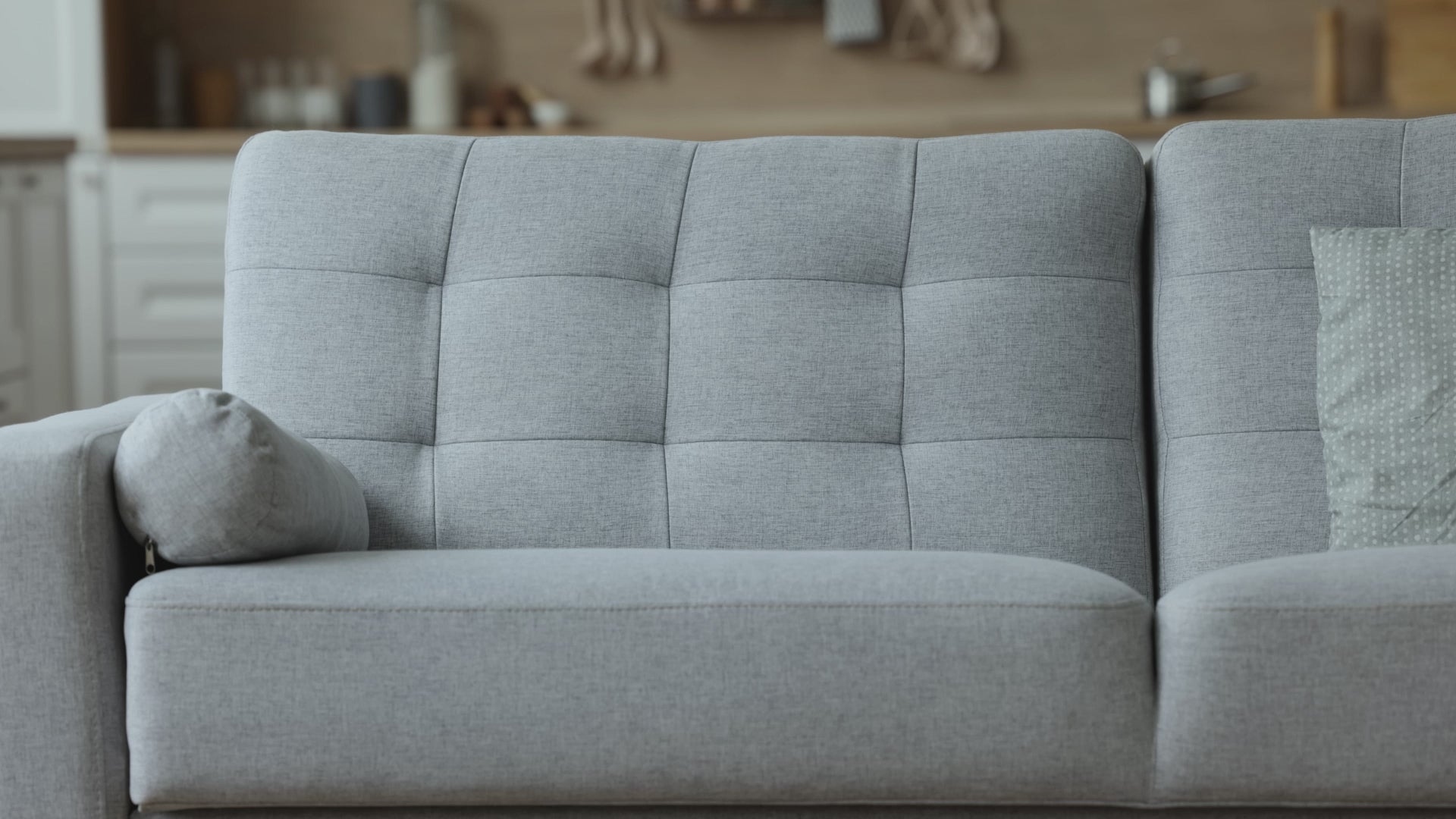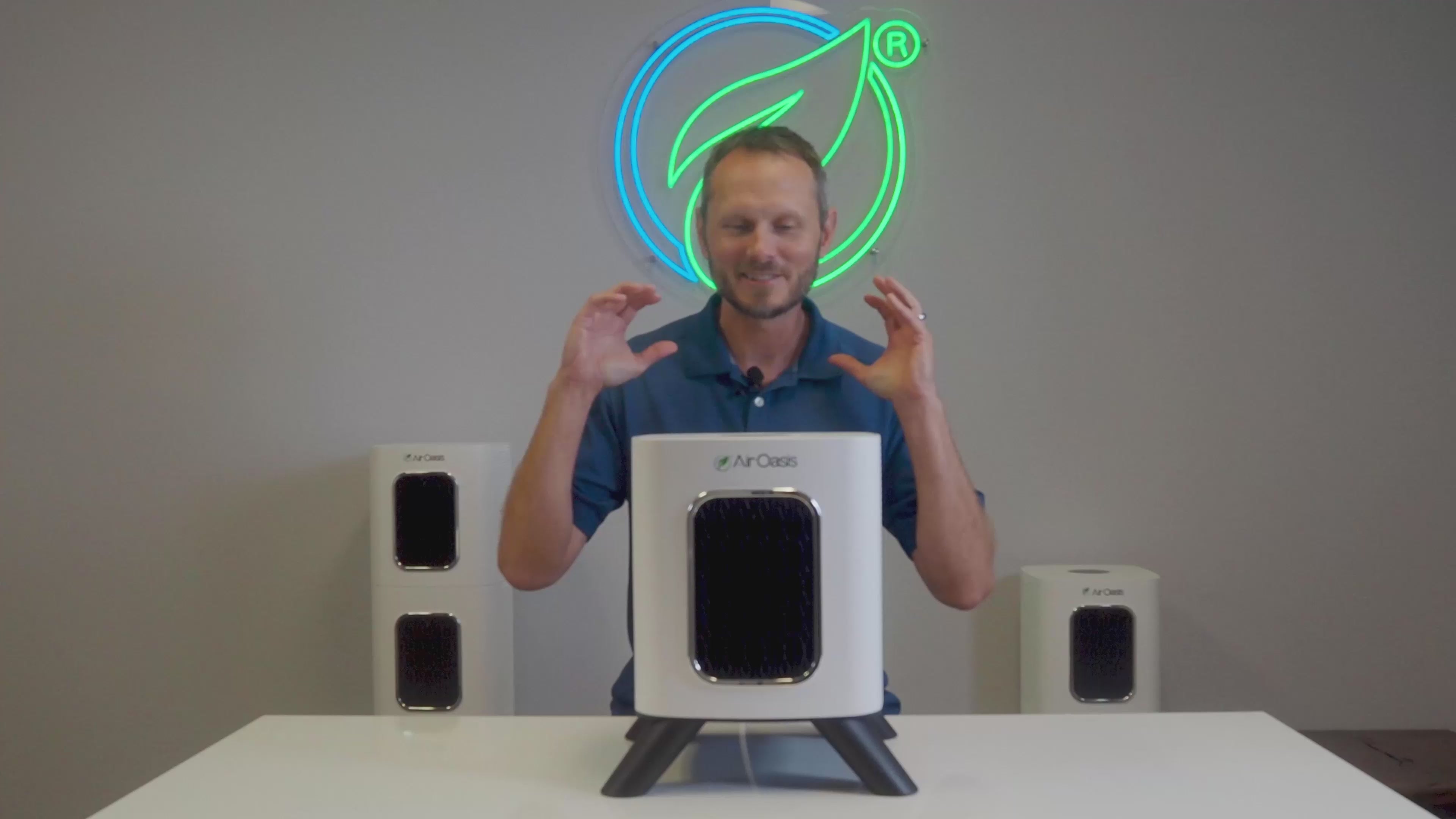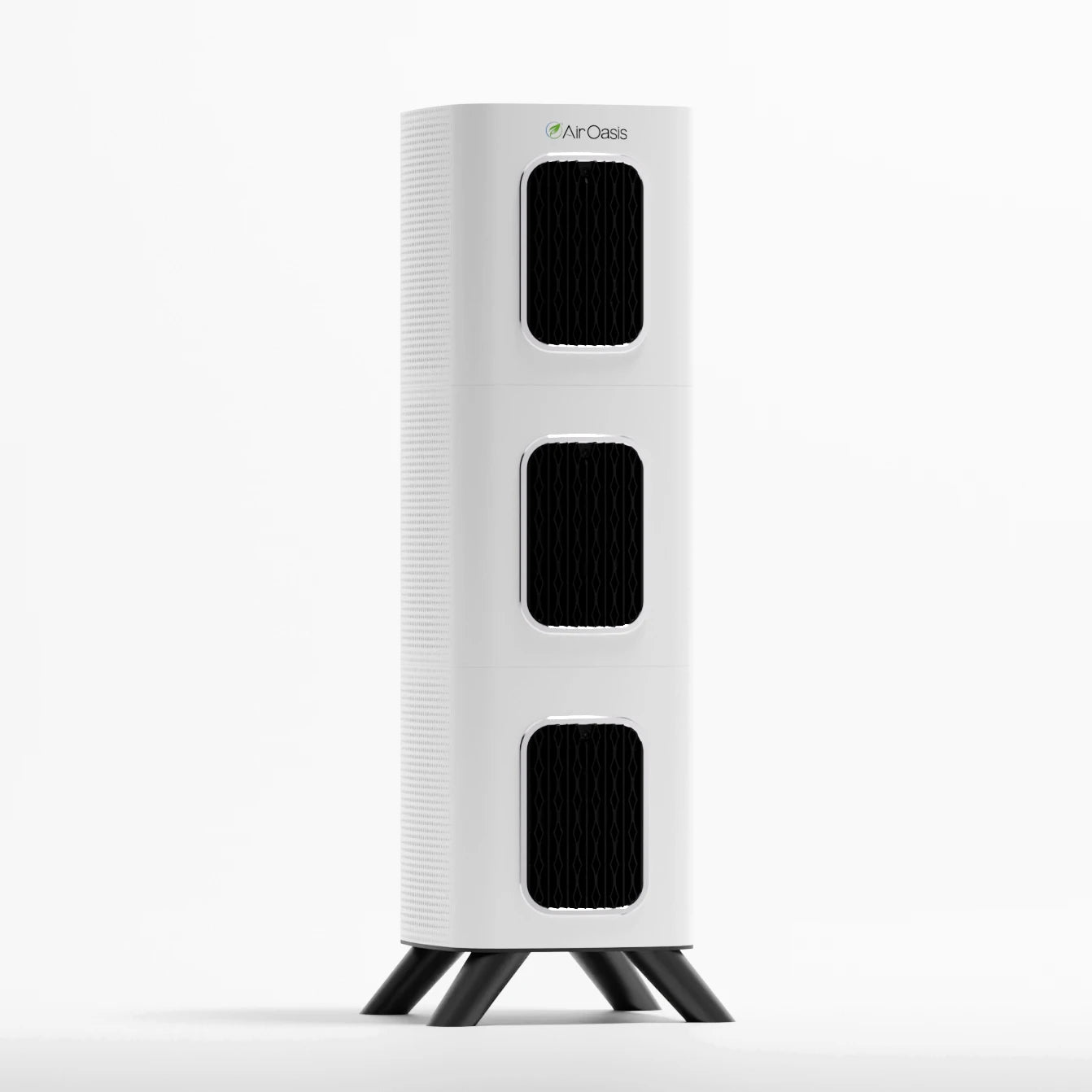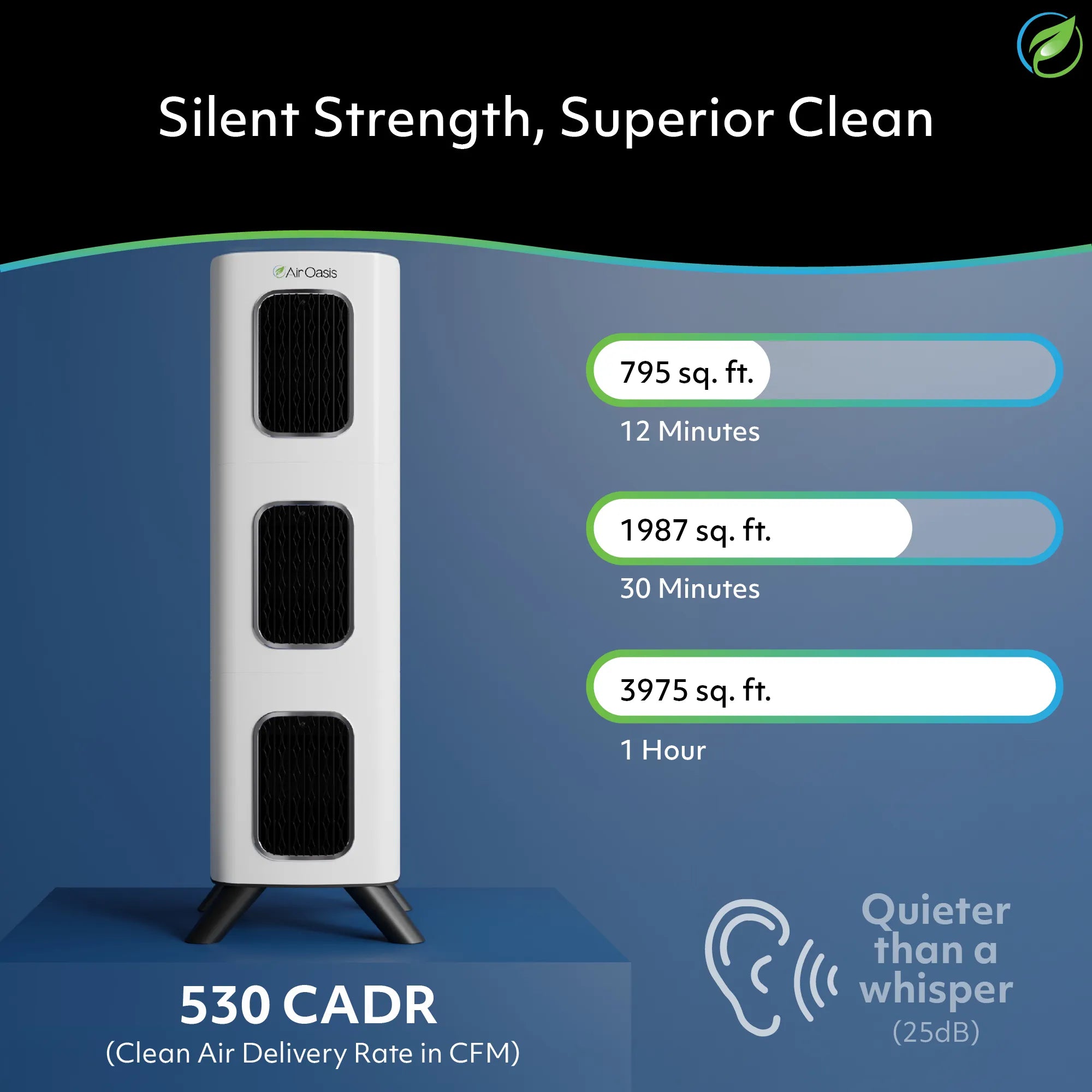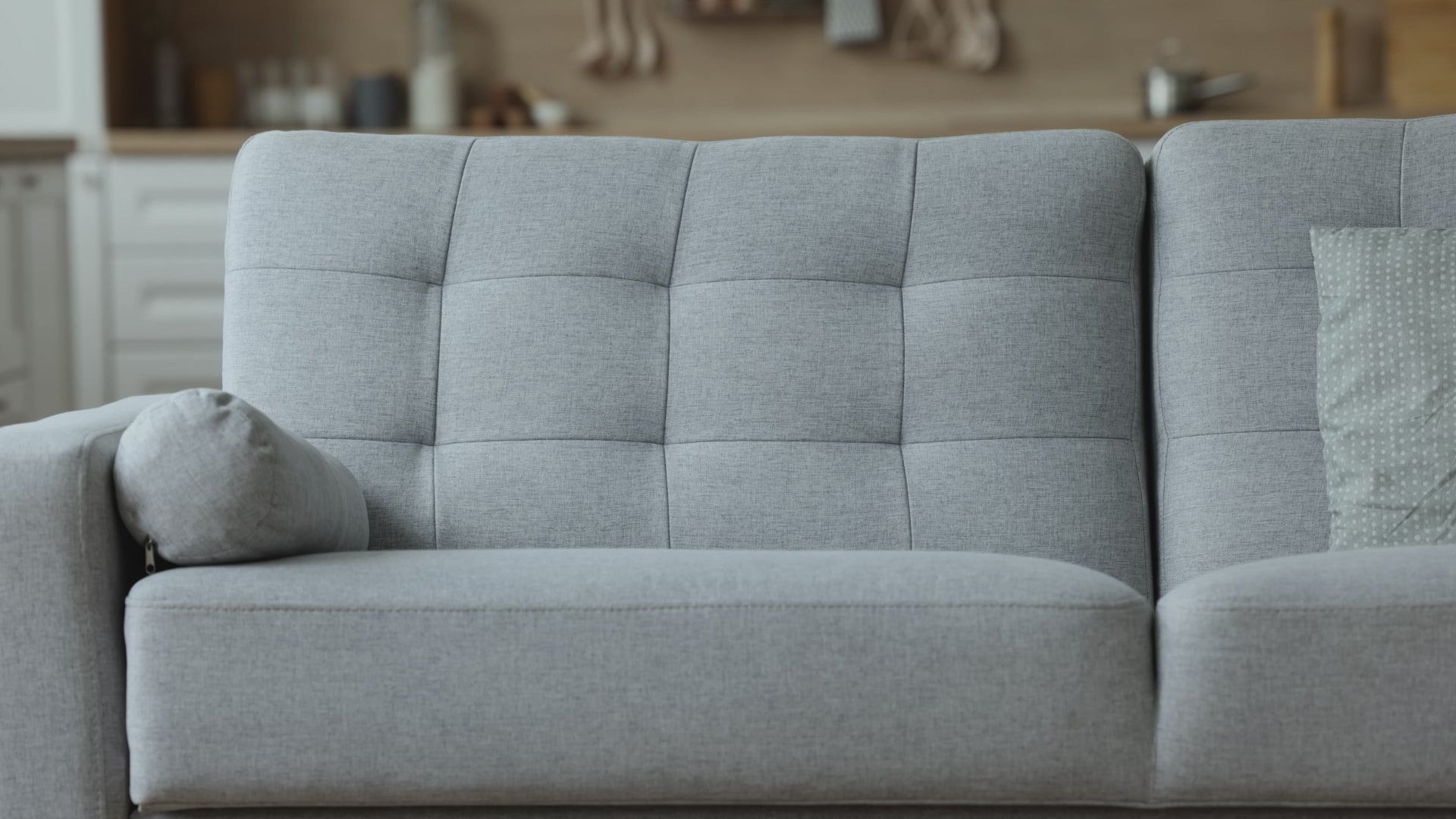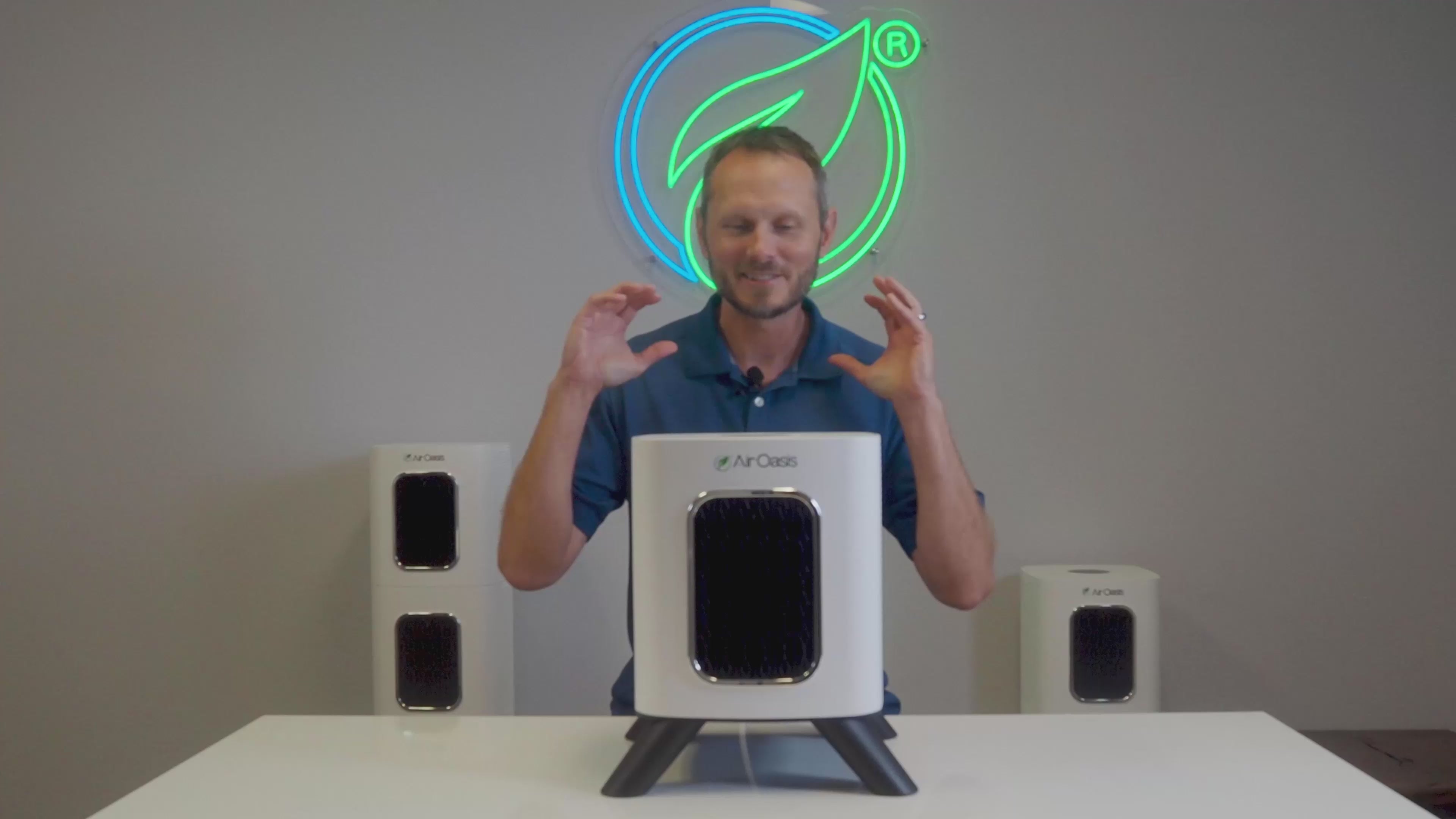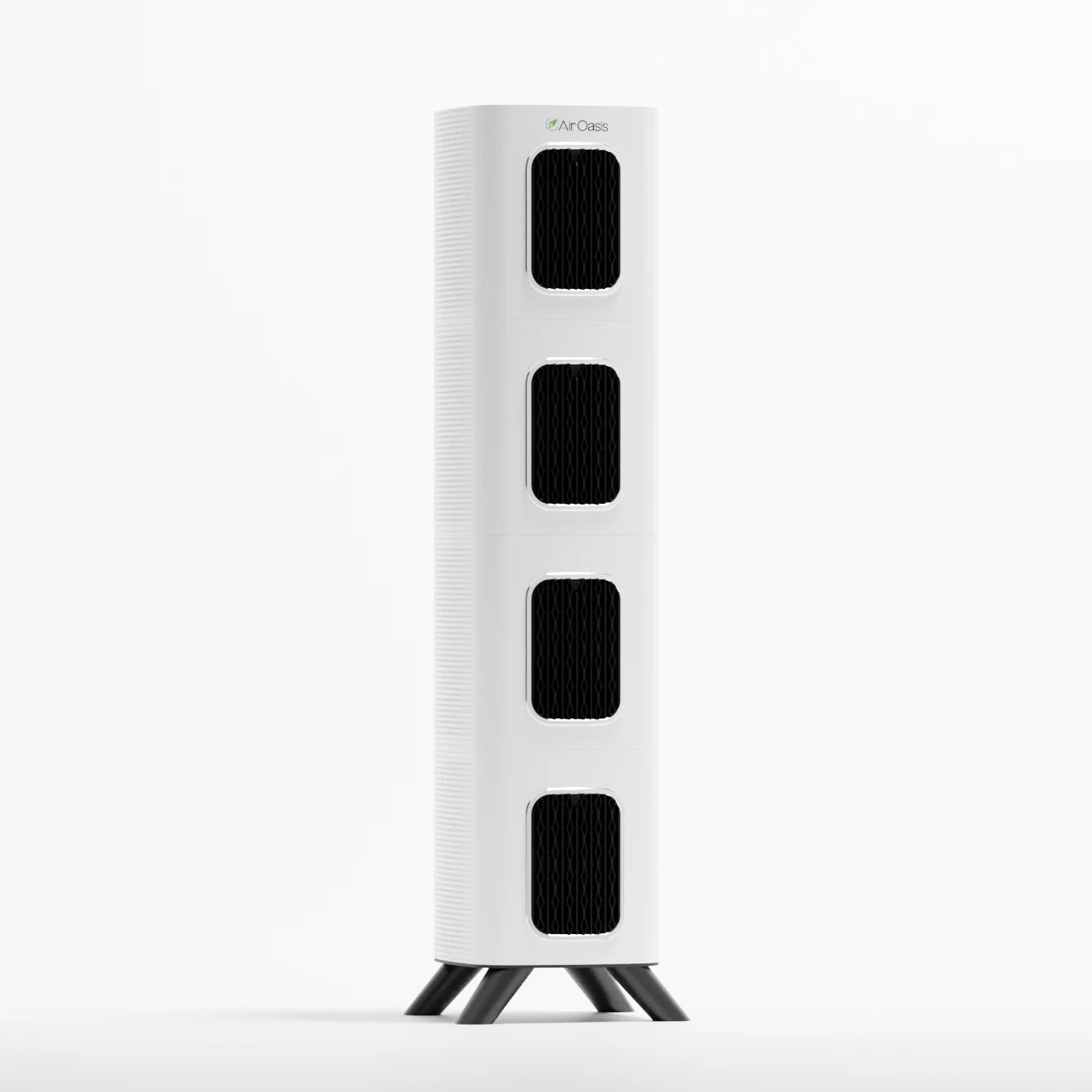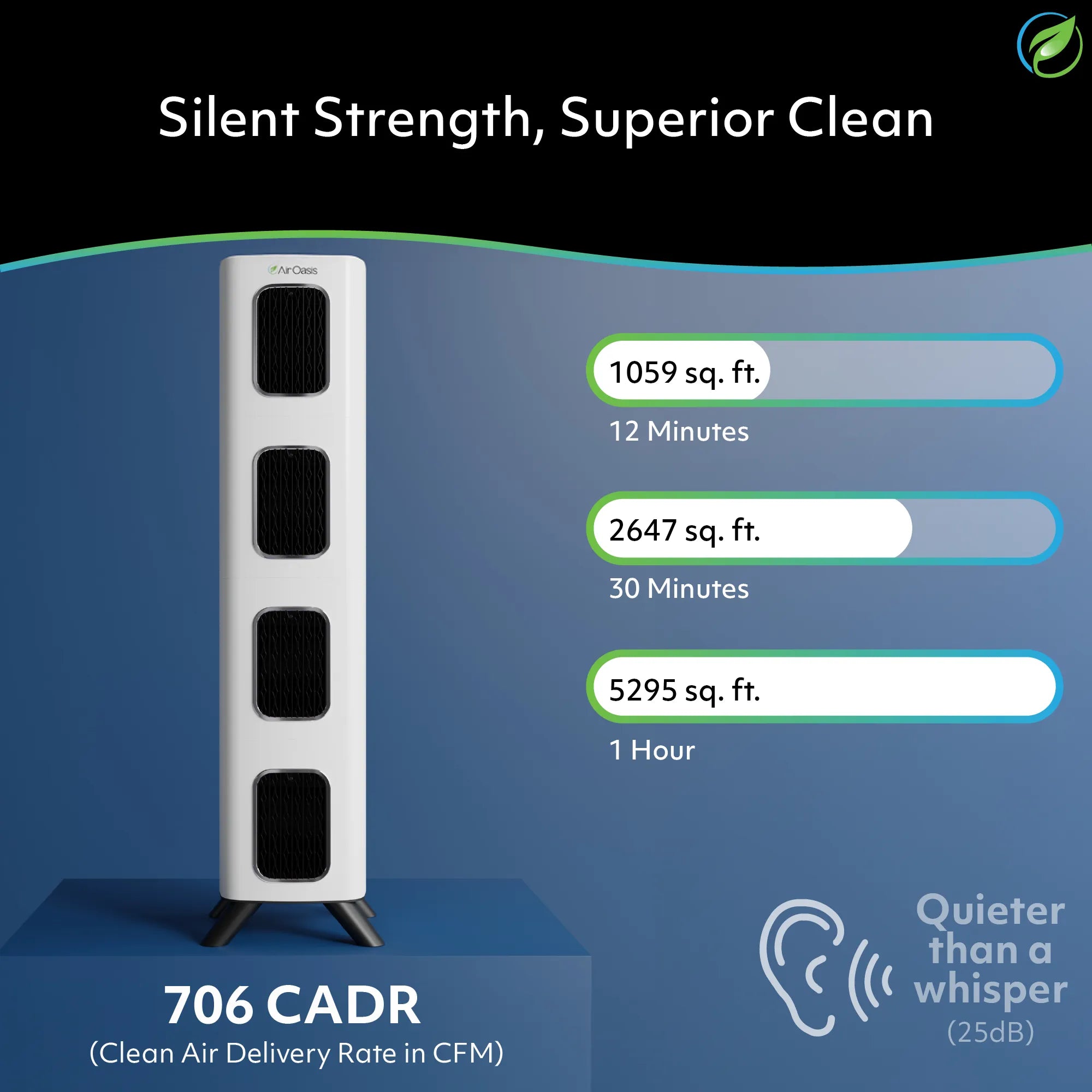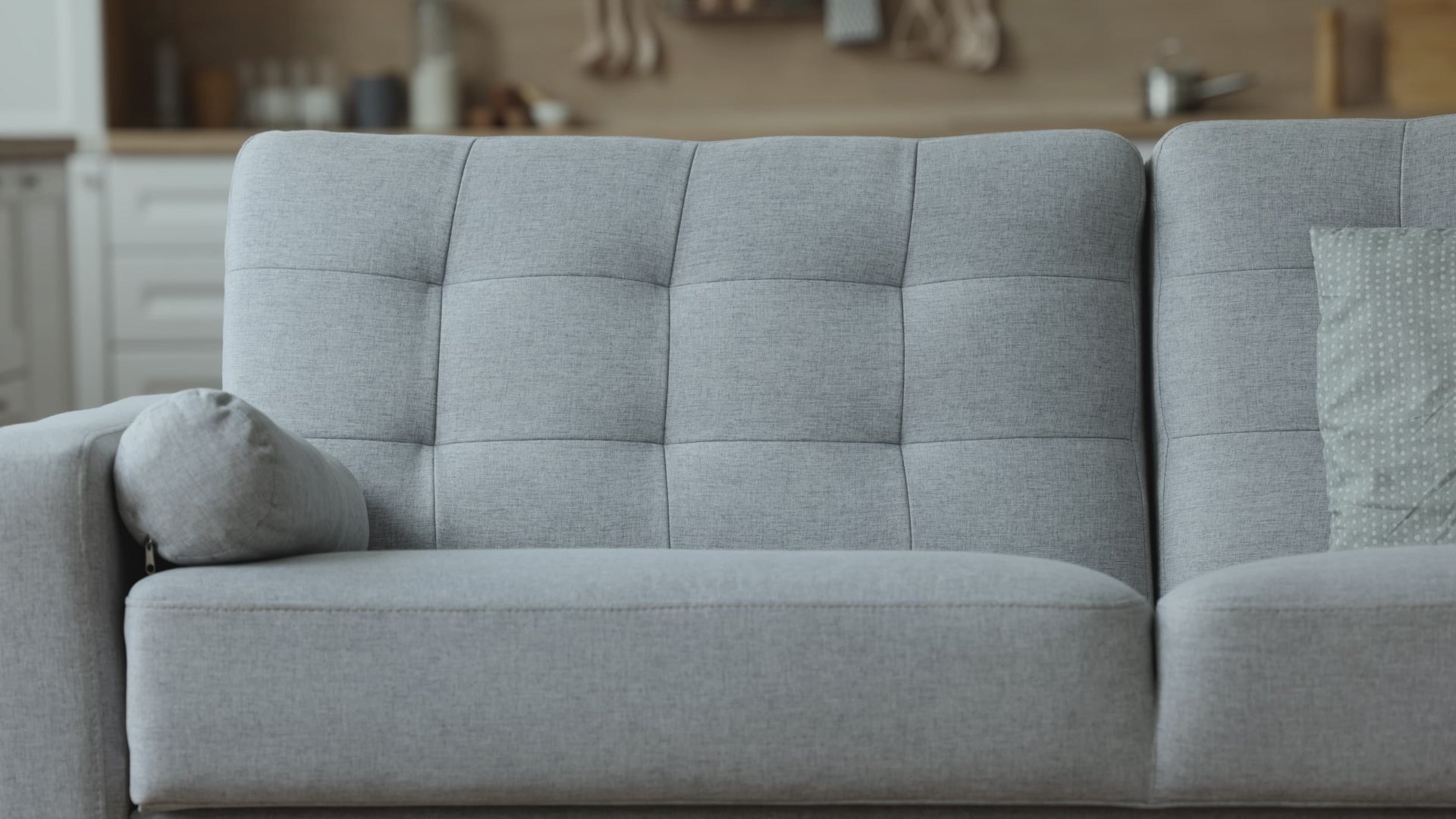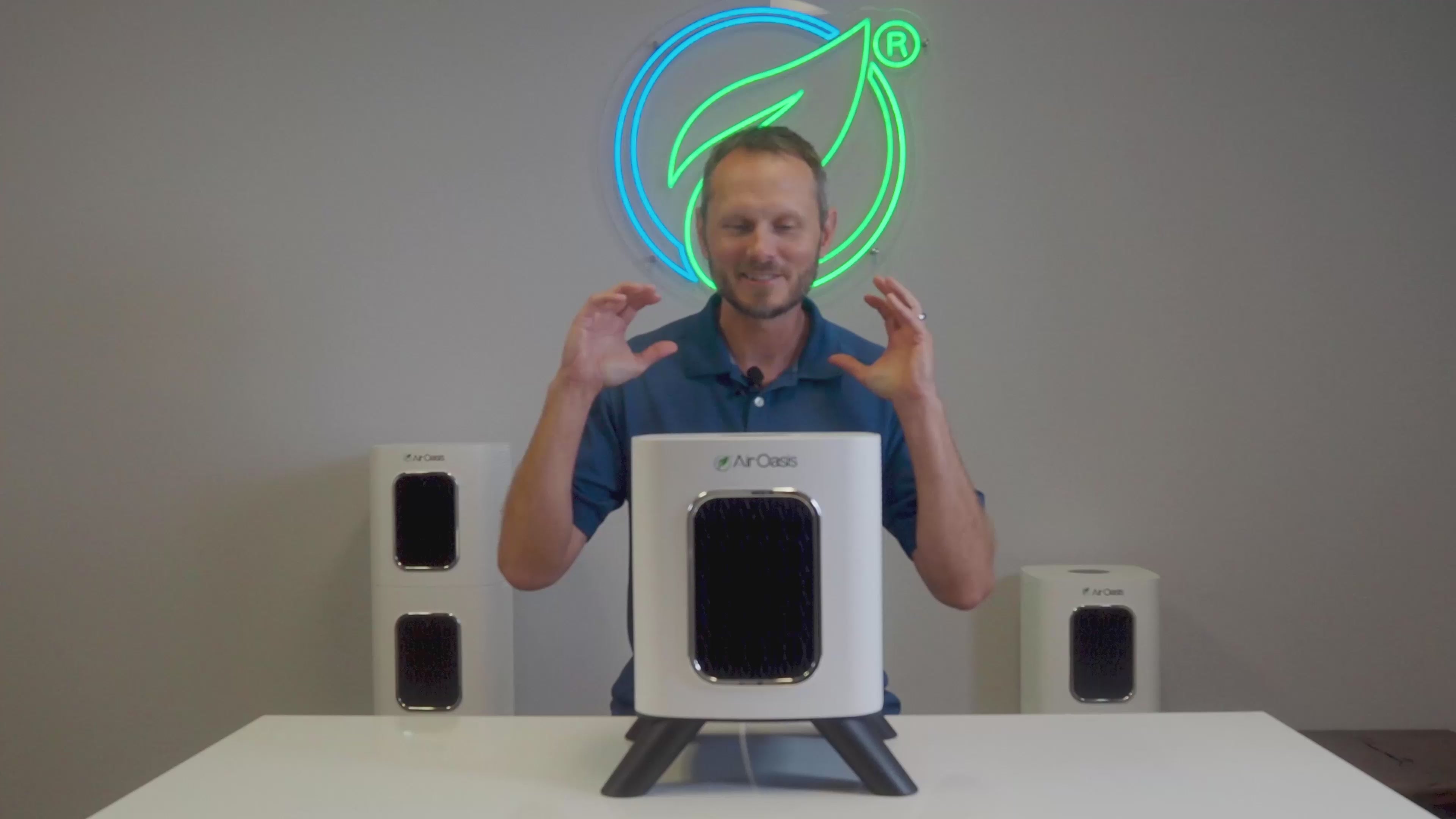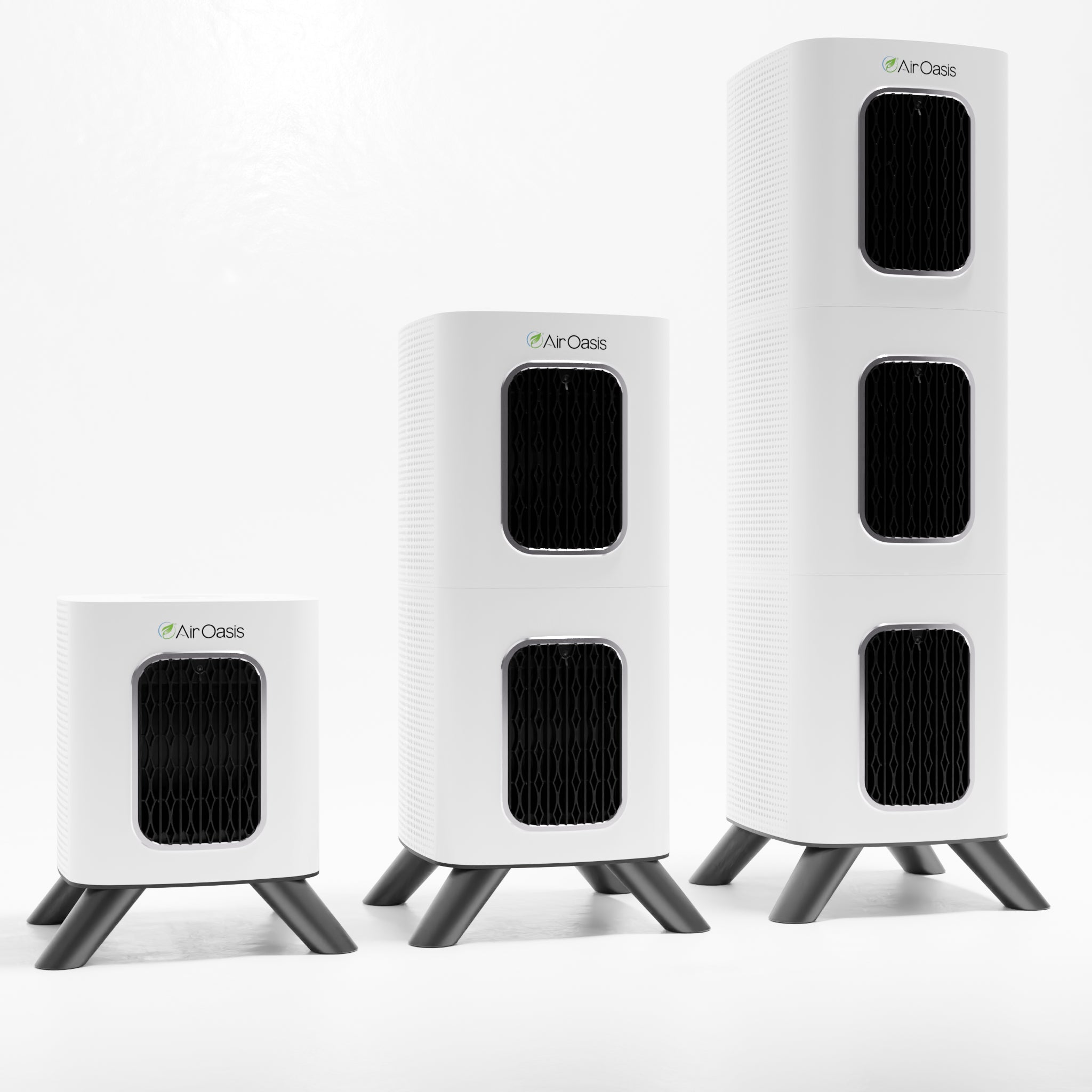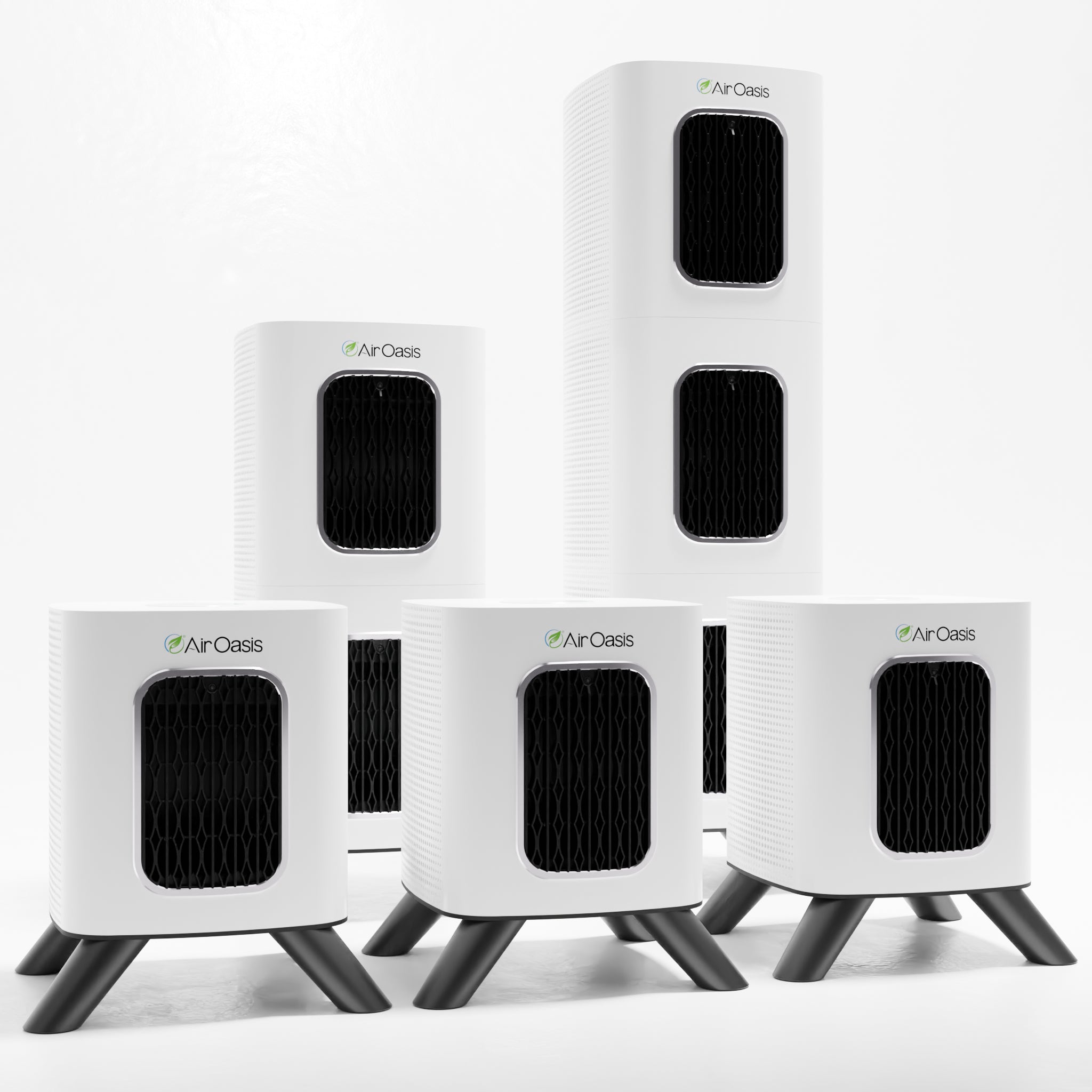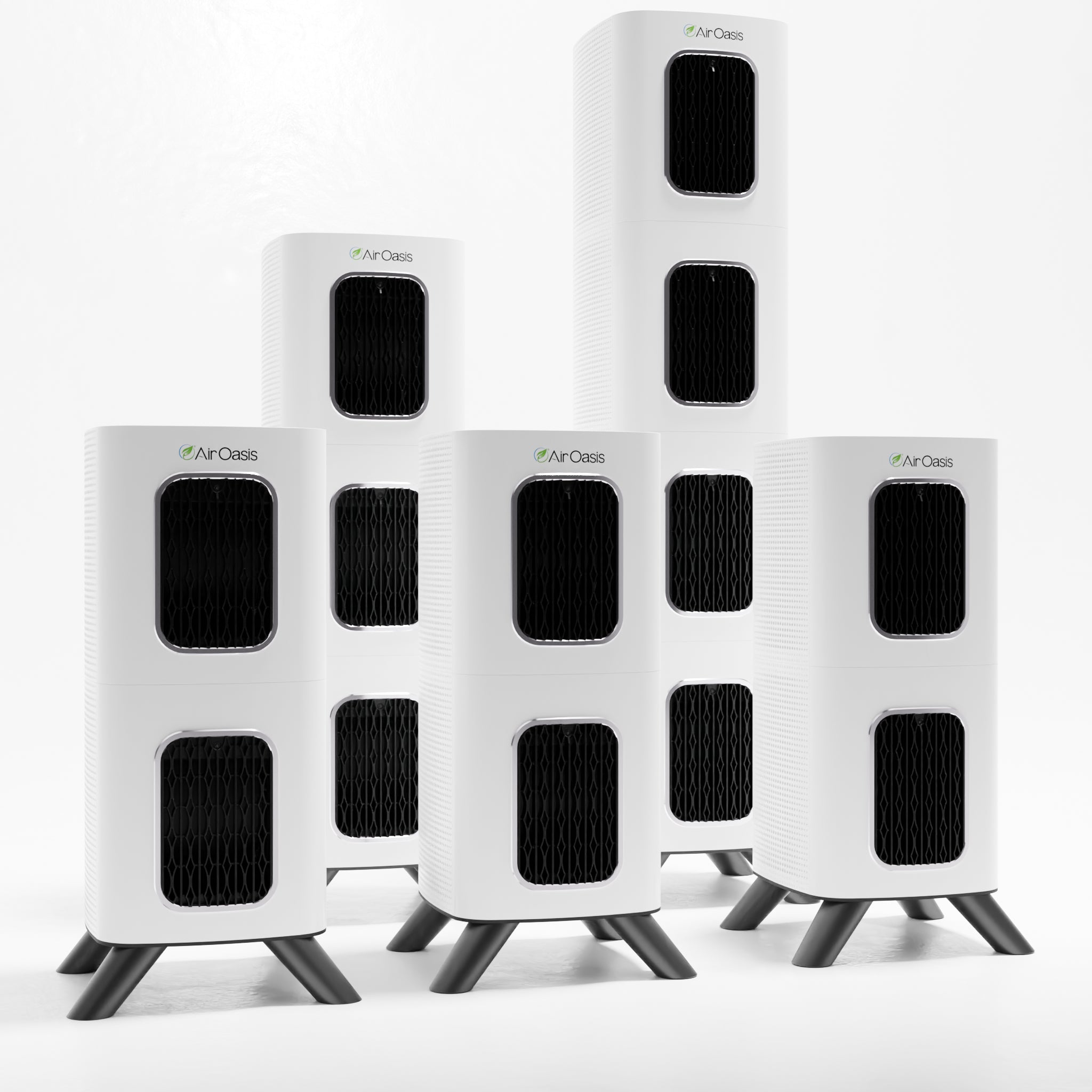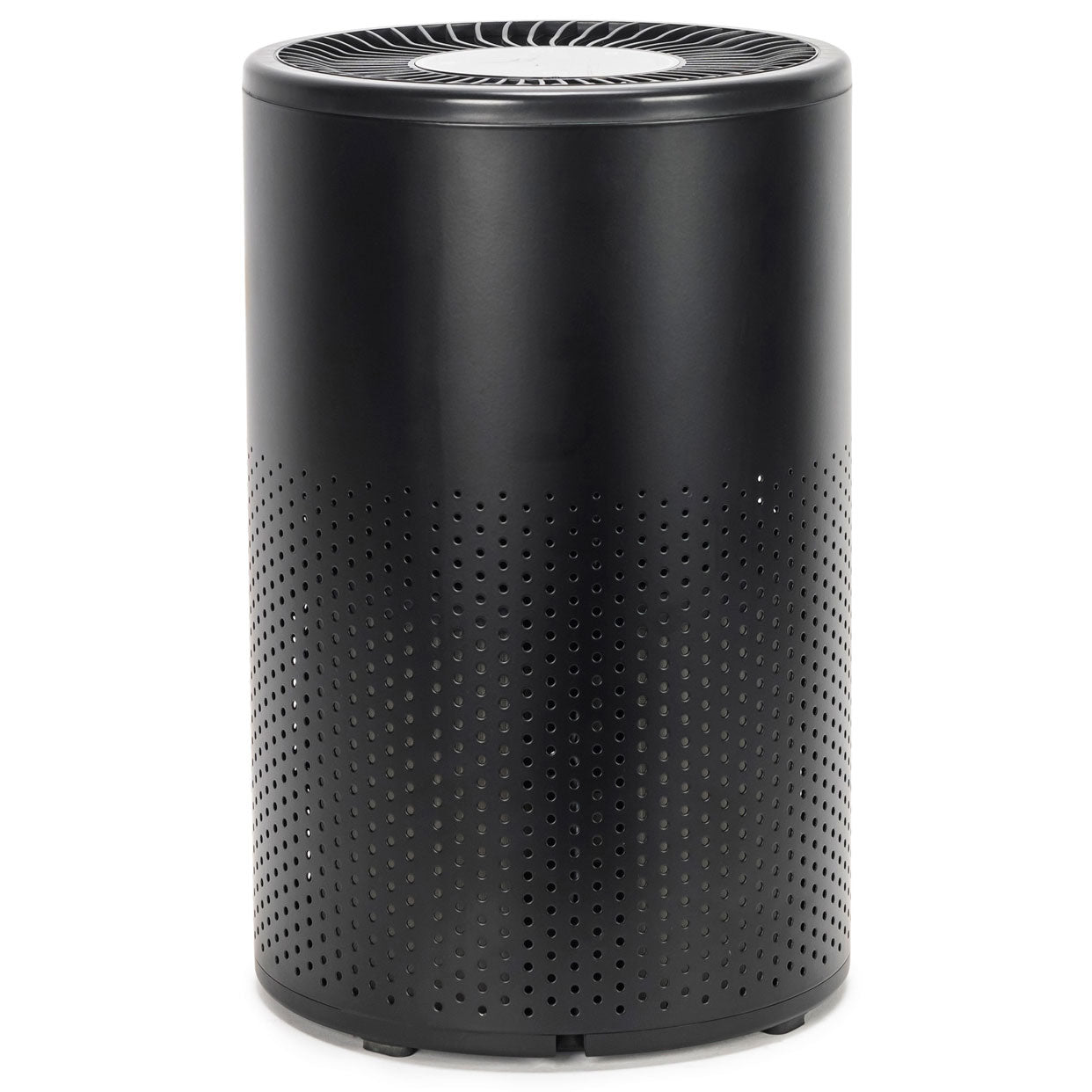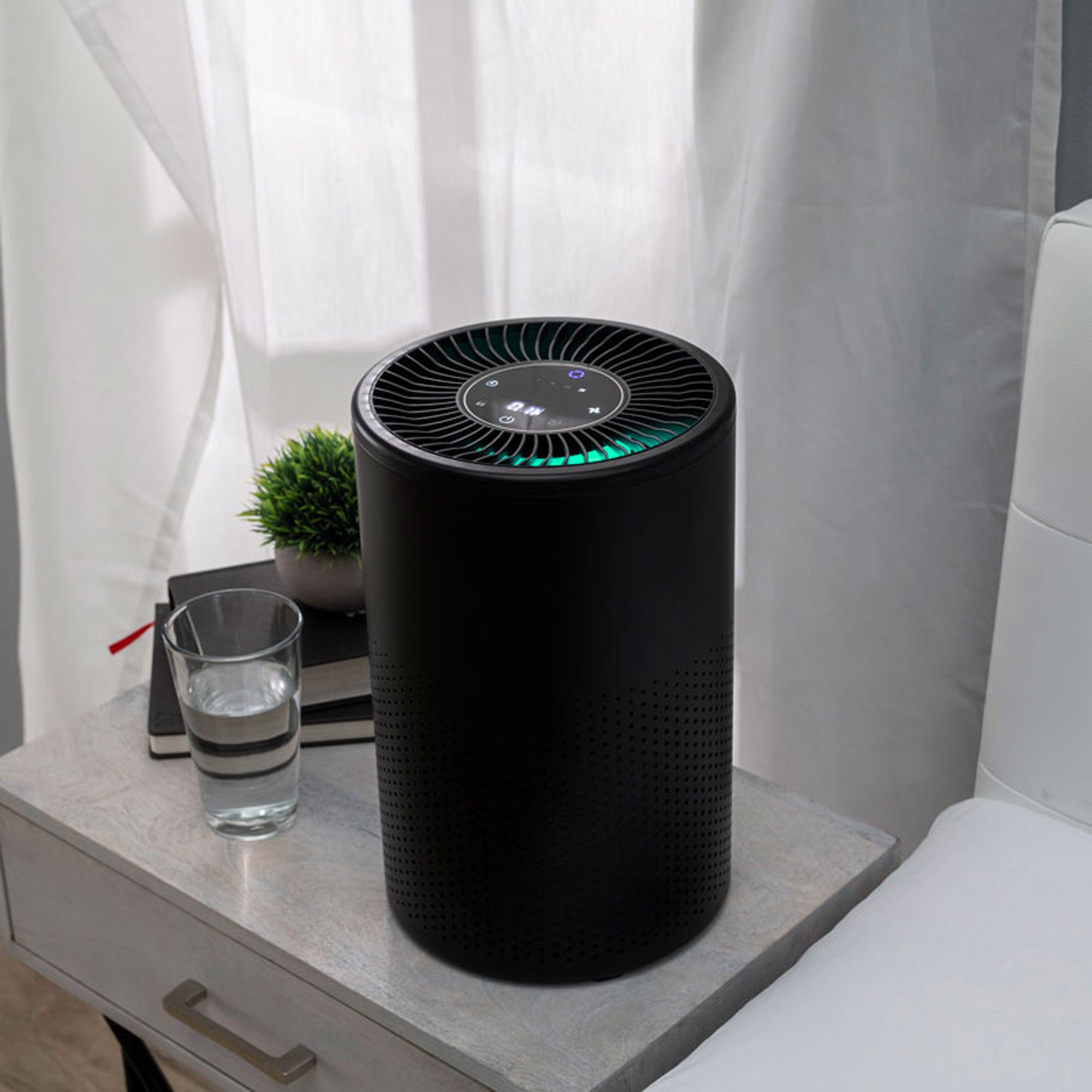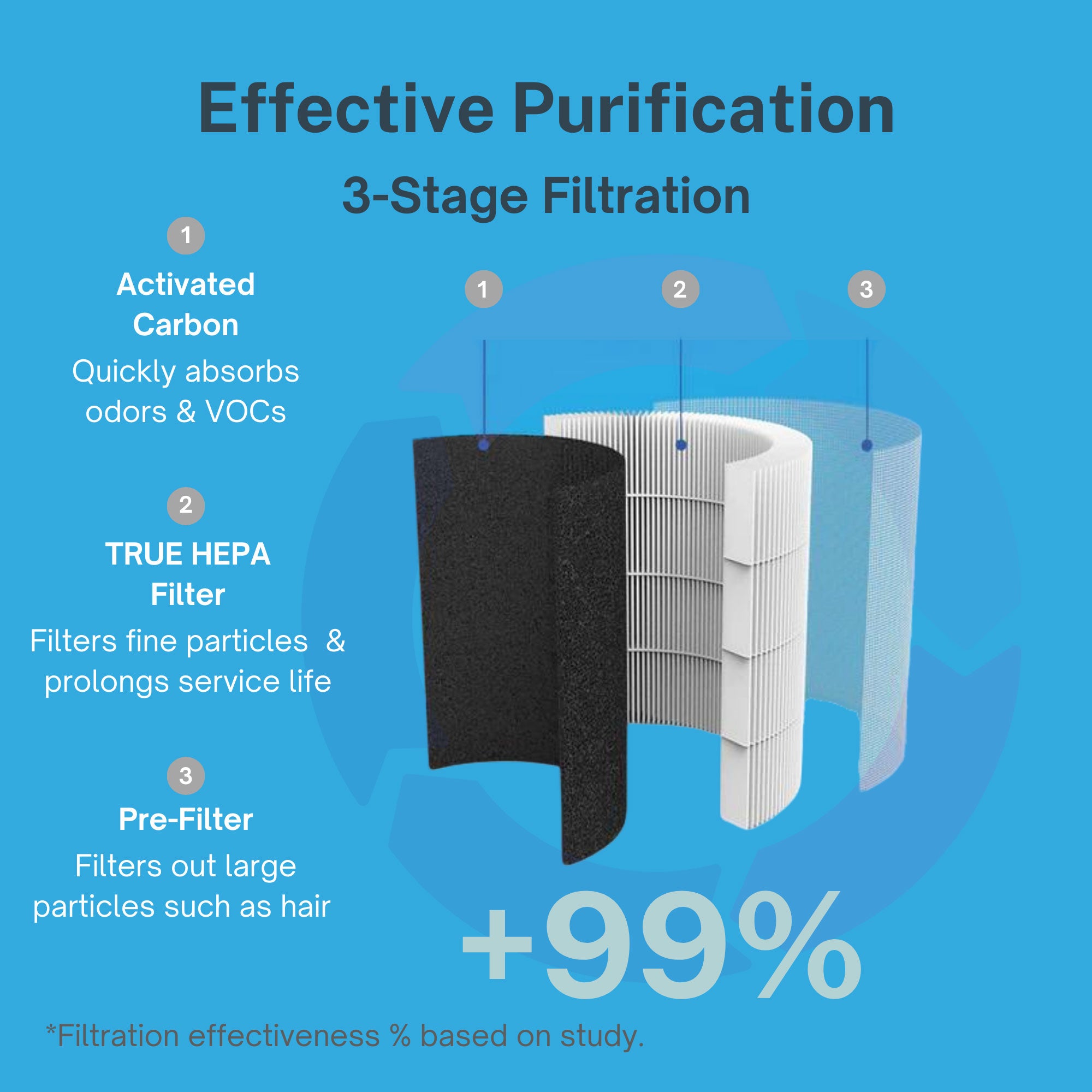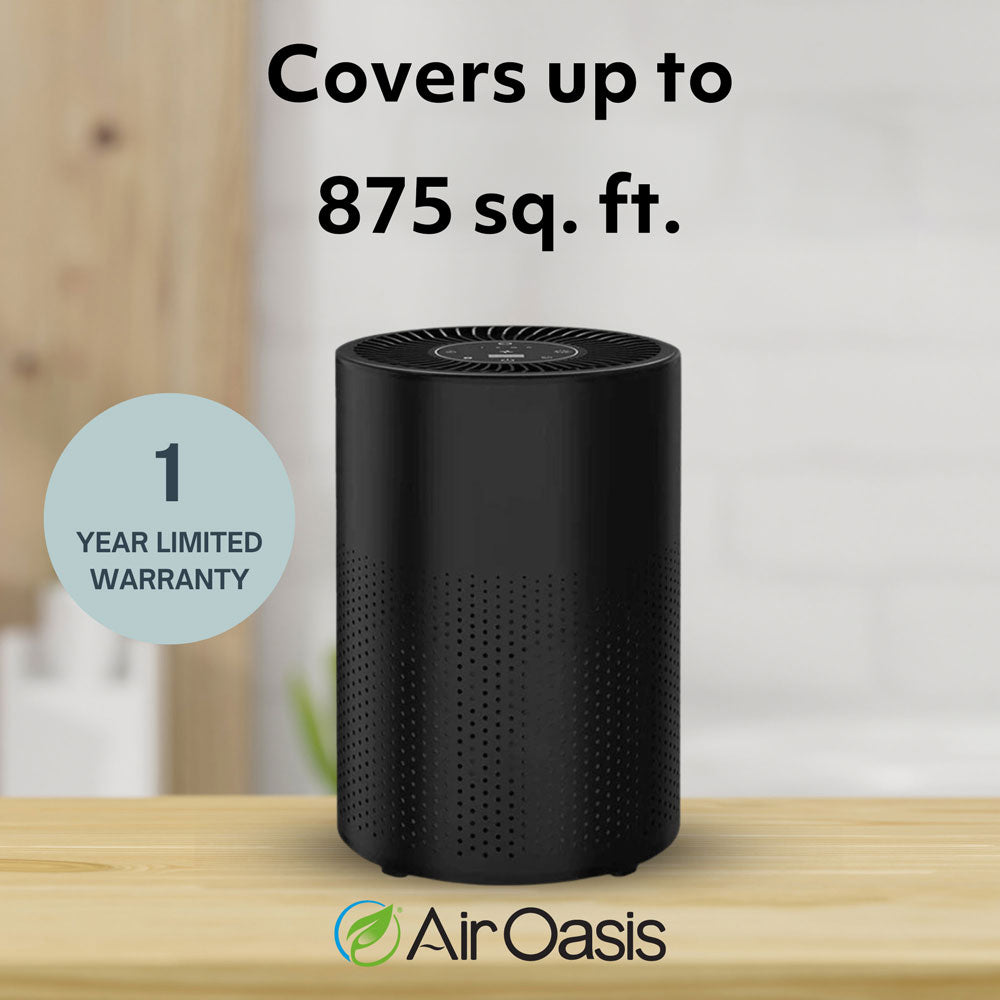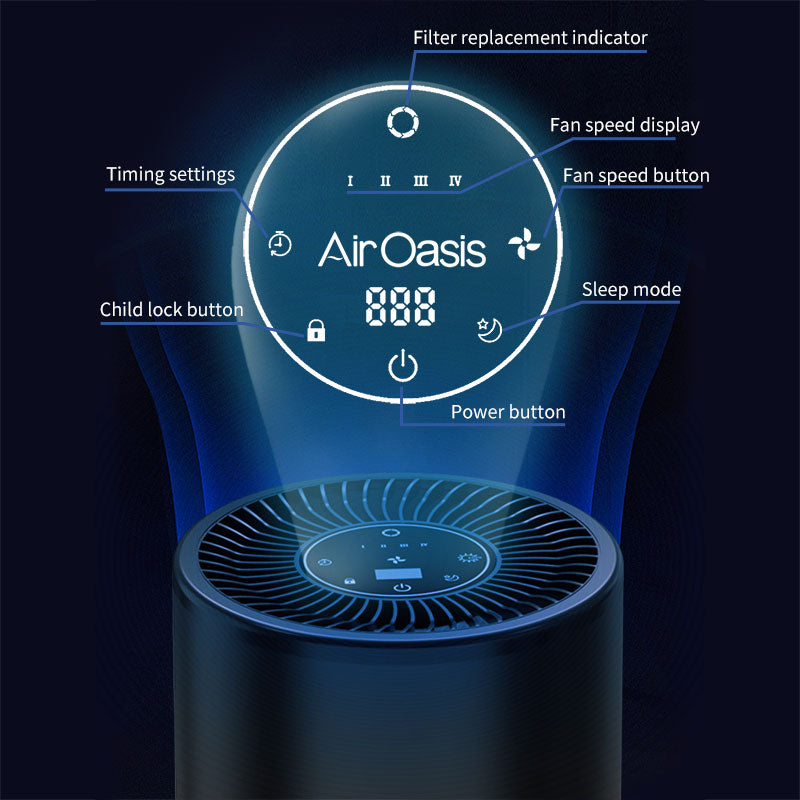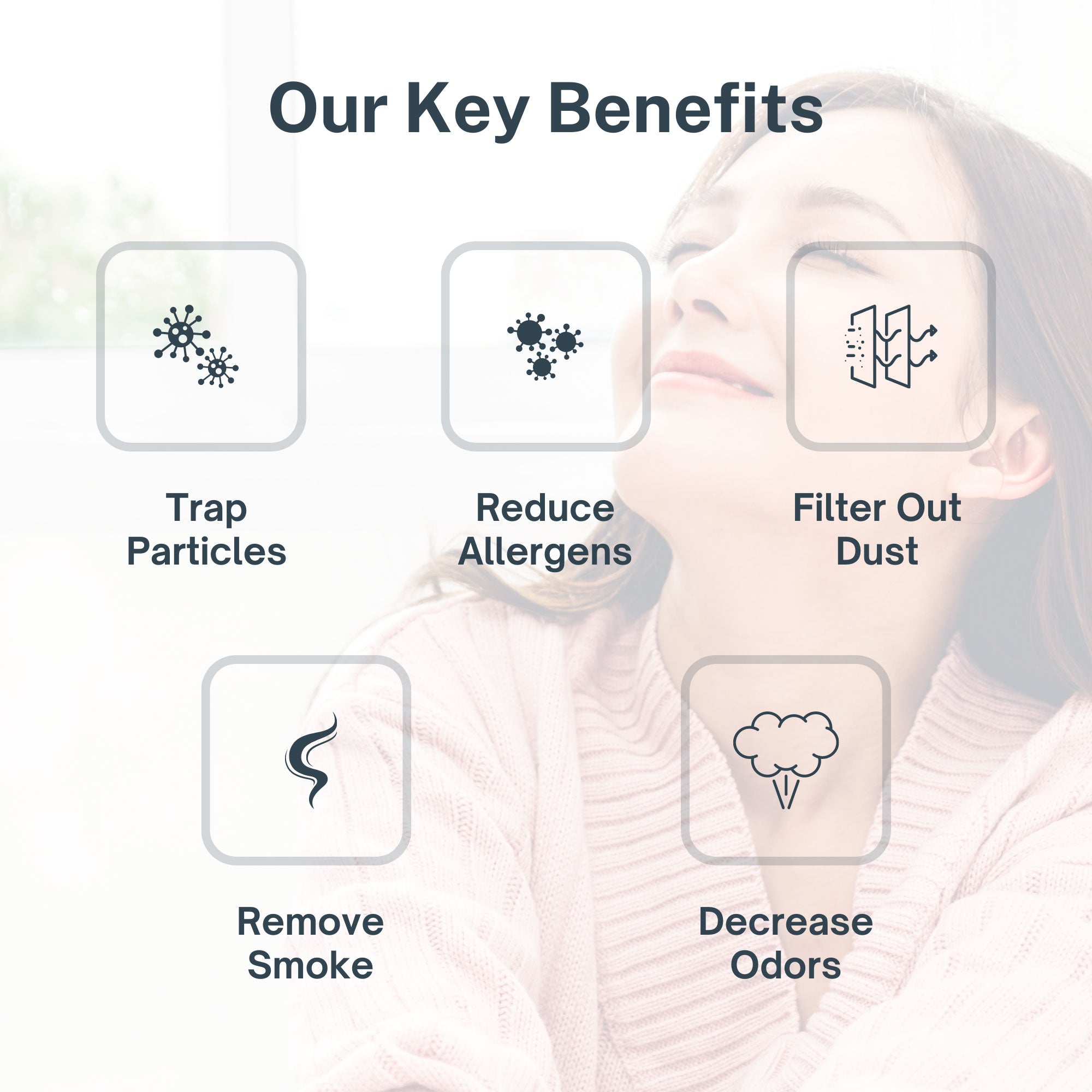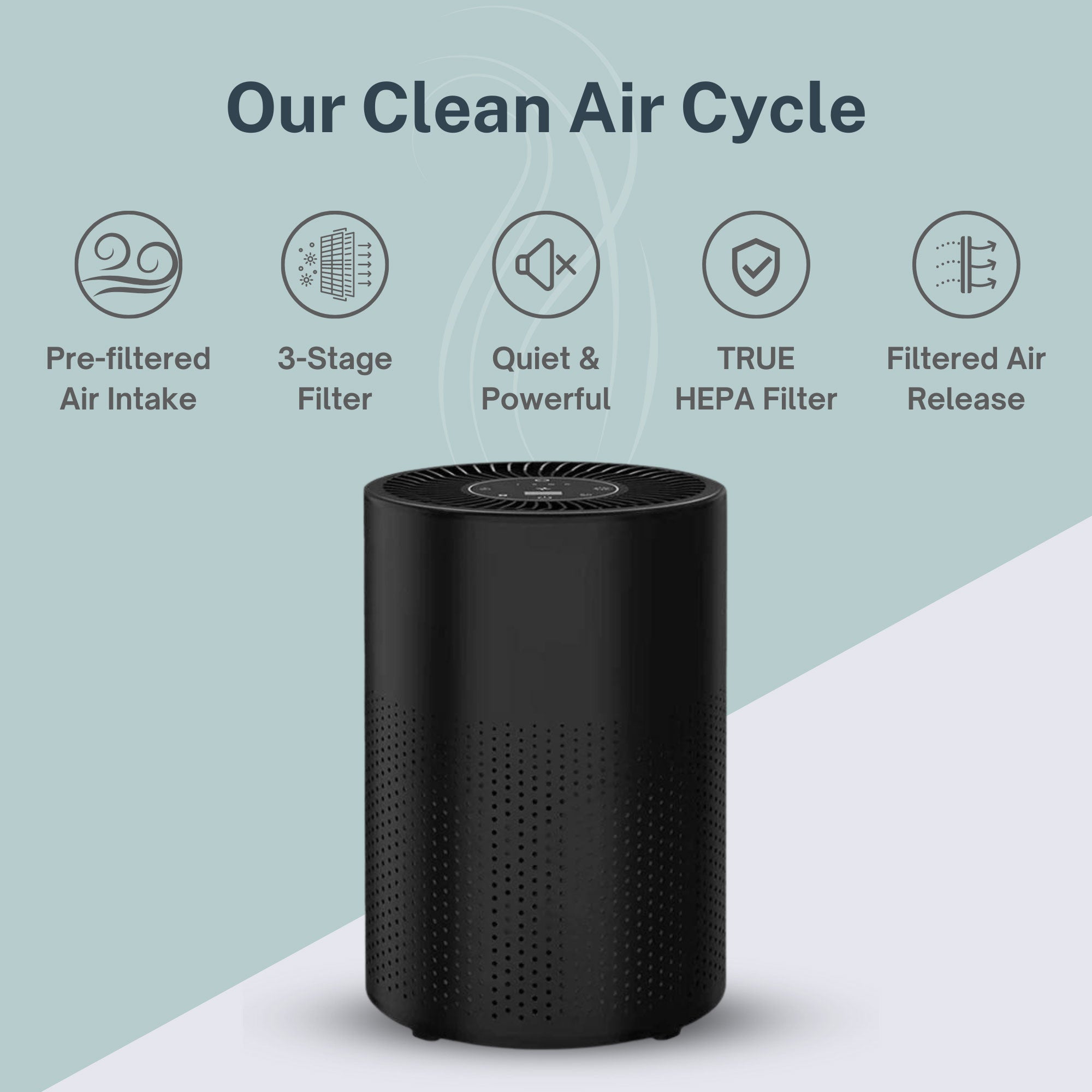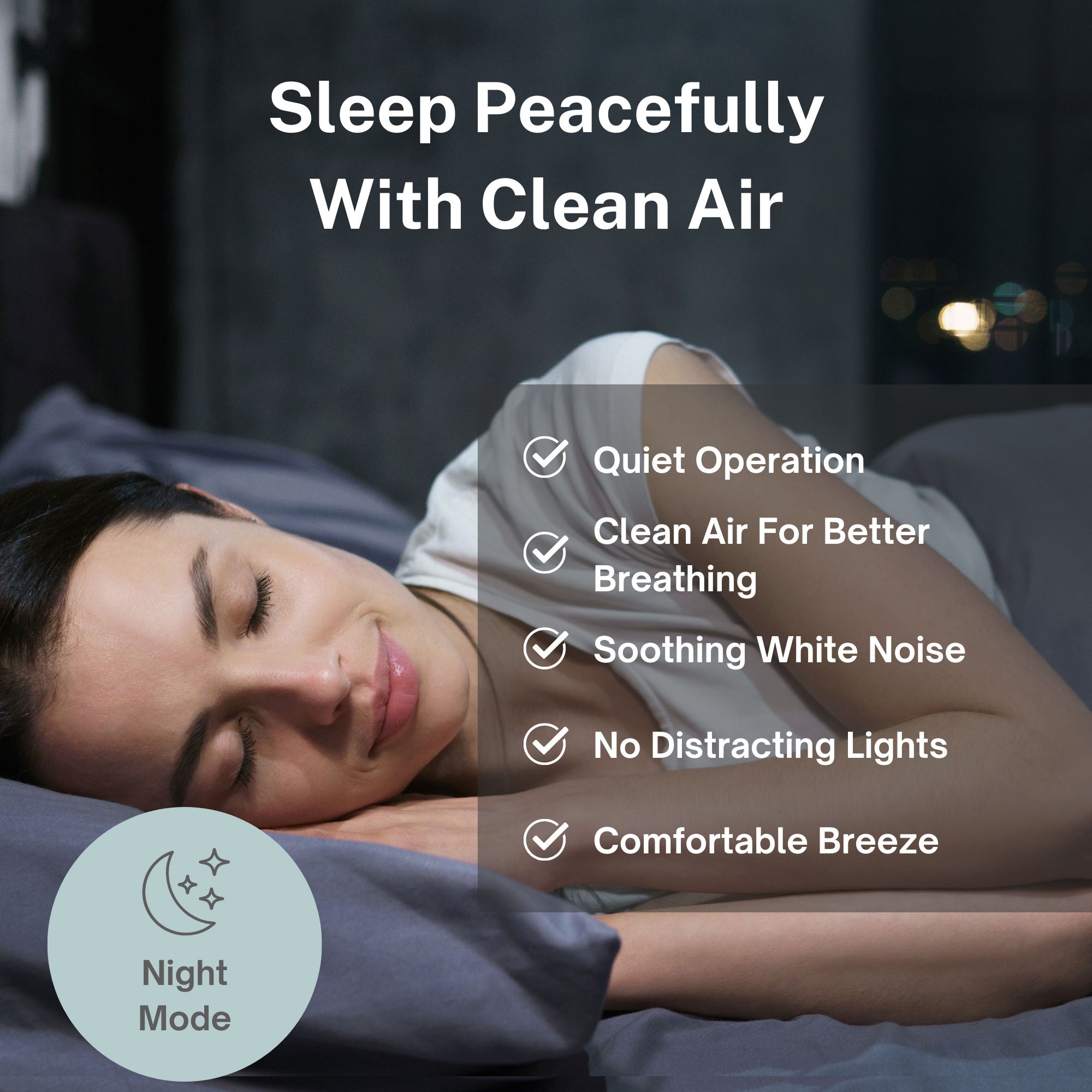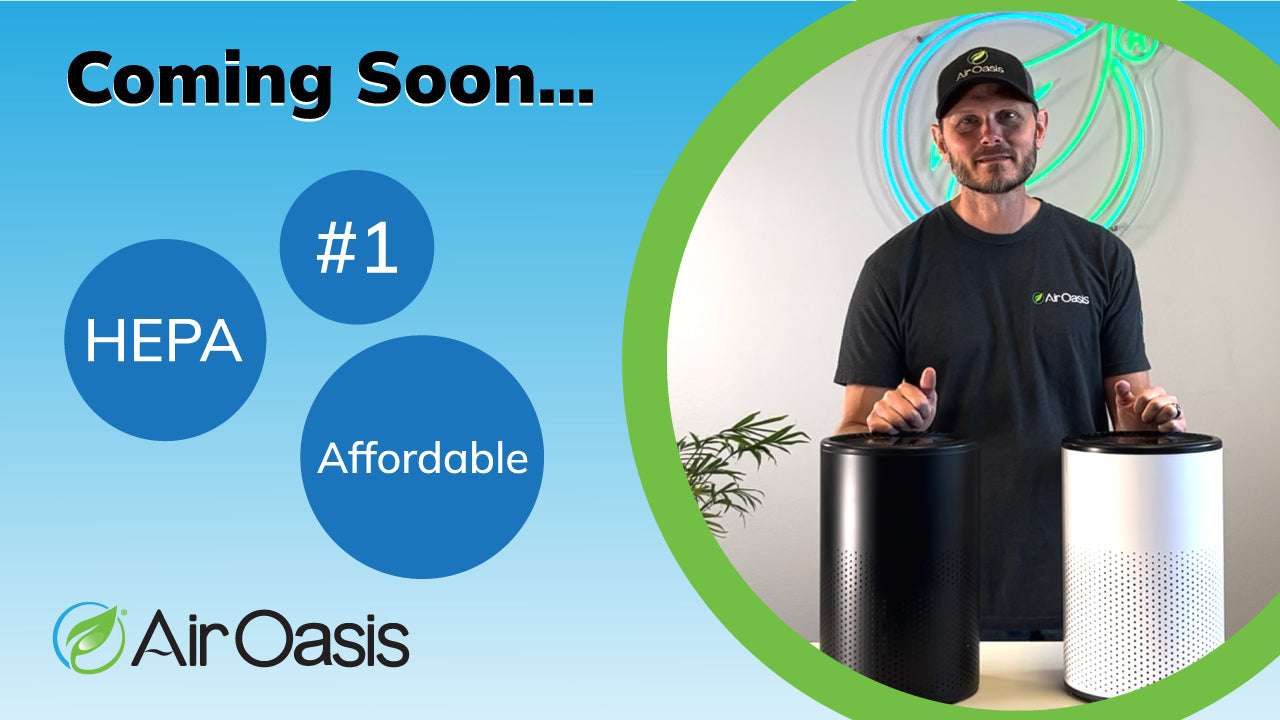Shopping for the perfect indoor winter plant to add to your collection? If you have houseplant fever, you’ve undoubtedly heard about their many magical qualities. Yes, the once lowly window sill garnish for grandmas everywhere is now a millennial magnet, a wealth-defying aesthetic and… an indoor air purifier? The scientific community’s not so sure.
It’s true that plants make our air breathable, at least on an atmospheric level. Forests produce oxygen, absorb carbon dioxide and even stave off climate change. Although houseplants can absorb some toxins from indoor air, research indicates that their ability to do so is highly exaggerated. Keep reading to learn whether houseplants can actually purify air, their other benefits and the best way to improve indoor air quality.
Winter is arguably the worst season for indoor air quality. Although you can’t afford to leave the windows open, you can afford a high-quality air purifier from Air Oasis. Visit our online store and enjoy $100 off any air purifier, for a limited time only.
Indoor Winter Plants
Everybody knows that young people are obsessed with houseplants. What most people don’t realize is that this trend isn’t new; in fact, people have been bringing plants into their homes for millennia. People across cultures have used houseplants to serve many functions, including masking odors and symbolizing wealth and status. In recent years, many have suggested that indoor plants might also play the role of air purifier.
Can Indoor Plants Actually Purify Indoor Air?
In a word, no — a family of potted plants can’t effectively purify a home’s air. However, there is evidence to suggest that an entire green wall of certain plant species might be able to purify some indoor air, but the research is inconclusive. In case you’re unfamiliar with the concept, a green wall is an extensive vertical garden that covers a large, wall-size panel. Even for the most enthusiastic plant parents, an entire wall is a daunting commitment.
Just because potted plants can’t effectively purify a home’s indoor air doesn’t mean they don’t purify any air. Many studies have demonstrated that houseplants can reduce levels of some airborne volatile organic compounds (VOCs), dangerous chemicals emitted from a multitude of household products and building materials. However, there’s no evidence to suggest that houseplants can reduce indoor VOC levels in a substantial way.
In a 2019 study published in Nature, researchers analyzed 12 potted plant chamber studies that suggested houseplants could improve indoor air quality. They found that these studies had failed to create environments mirroring real-life scenarios. Rather than recreating environments with the high VOC loads commonly found in homes, past studies were conducted in small, sealed chambers with extremely low levels of VOCs. The 2019 study authors concluded that to effectively remove VOCs from indoor air, every square meter of floor would need to hold between 10 and 1000 houseplants.
Best Indoor Winter Plants
For some people, the lack of evidence supporting houseplants’ efficacy in purifying indoor air isn’t concerning; they believe potted plants can help, even if only a little bit. If you’re one of those people, here are two indoor plants known for their ability to remove airborne toxins:
- Spathiphyllum, commonly known as peace lily
- Chrysanthemum morifolium, commonly known as florist chrysanthemum
Both of these plants garnered reputations for being air purifiers as a result of the widely-cited 1989 NASA study, “Interior Landscape Plants for Indoor Air Pollution Abatement.” The study suggested that the peace lilies and florist chrysanthemums could reduce levels of the five most common indoor pollutants: trichloroethylene, formaldehyde, benzene, xylene and ammonia.
Although the peace lily and florist chrysanthemum do reduce levels of those five air pollutants to some degree, they don’t reduce them in a significant way. In subsequent years, researchers have demonstrated that the NASA study’s results don’t hold water when scaled appropriately, outside of a chamber and against realistic levels of VOCs.
Concerned about VOCs? Houseplants aren’t your only option. The best way to reduce harmful chemicals in your home’s air is by running a high-quality air purifier for VOCs. Questions? Give us a call at (806) 373-7788.
Do Indoor Plants Provide Any Benefits?
Here’s the good news: Even though your beloved spider plant isn’t really purifying your home’s air, it may still be providing you with substantial health benefits. Research suggests that in addition to improving indoor microbiomes, houseplants can provide massive mental health benefits to a home’s occupants.
Indoor Plants for Mental Health
Have you ever noticed how relaxed you feel after watering and pruning your houseplants? There’s evidence to suggest that those aren’t imagined effects, but rather real, measurable benefits associated with caring for indoor plants.
In a 2015 study, researchers found that interacting with indoor plants reduced physiological stress through suppression of sympathetic nervous system activity. The study also found that caring for indoor plants stabilized participants’ diastolic blood pressure and encouraged calm, comfortable feelings.
Additionally, recent research suggests that houseplants can help people cope with feelings of isolation. In a 2021 study of people who were isolated during COVID-19 quarantine, researchers found that people who spent time with plants enjoyed better mental health than people who did not. Additionally, people who were exposed to greenery experienced greater feelings of being somewhere else, despite being isolated at home.
How to Improve Indoor Air Quality
It’s undeniable that indoor plants can increase their owners’ quality of life. Houseplants can improve mental health, decrease isolation and connect people with their natural surroundings. They teach their owners invaluable lessons about patience and cultivation, all while adding a timeless beauty to any indoor space. So, really — who cares that they don’t purify indoor air? We have air purifiers for that.
When it comes to improving indoor air quality, air purifiers are the most effective way to reduce airborne VOCs, allergens, viruses and bacteria, mold, pet dander, smoke and more. If you’re searching for the best air purifier for your home, it’s important to find a high-quality, research-backed air purifier. Look no further than Air Oasis.
Air Oasis Air Purifiers
At Air Oasis, we take the science of air purification seriously. That’s why we’ve spent years perfecting our premium air purifier, the iAdaptAir® HEPA Purifier. The iAdaptAir® achieves superior indoor air quality by utilizing the top five air purification technologies: true HEPA filter, carbon filter, ultraviolet light, silver ion and Bi-Polar® ionization. It’s efficacy has been established through rigorous testing at third-party labs, the results of which can be found on our website. Questions? We’d love to hear from you! Contact us online or give us a call at (806) 373-7788 today.

